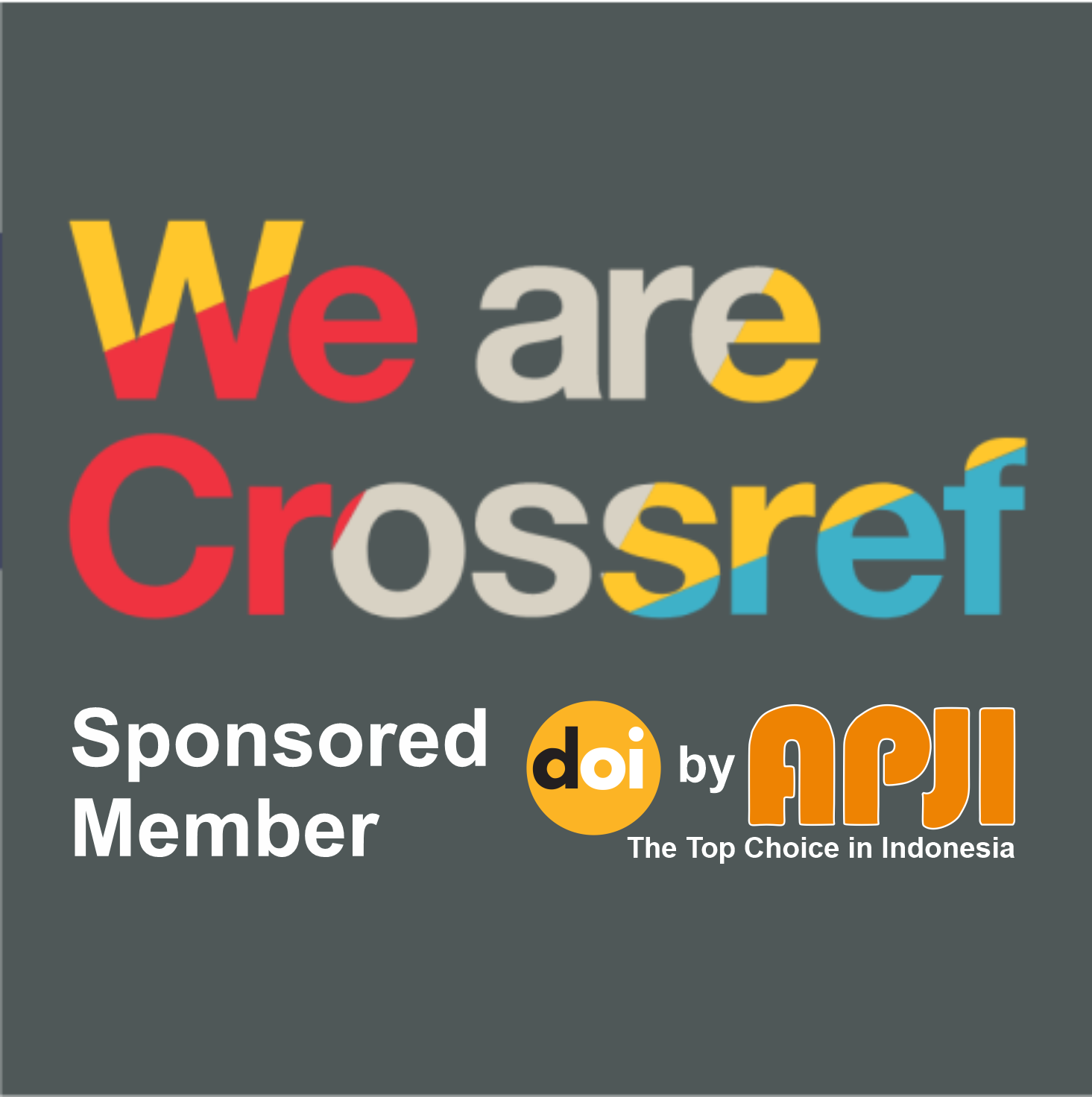The Use of Technology in Early Childhood in Arabic Language Learning
Keywords:
Arabic Language Learning, Early Childhood, TechnologyAbstract
This study discusses the use of technology among children offering benefits as well as risks; Excessive use can lead to sleep deprivation, mental health problems, and reduced social interaction. Teachers play a crucial role in encouraging language acquisition, encouraging creative teaching using technology while ensuring responsible use of gadgets. The research highlights the effective integration of gadgets in Arabic language learning, which shows increased engagement and digital skills among children. The methods used include qualitative descriptive research through observations and interviews that reveal how teachers adapt their approach to the digital age, emphasizing the importance of creating a fun and flexible learning experience. This research reveals that the proper use of gadgets can improve listening, speaking, reading, and writing skills in Arabic, while increasing children's interest in learning.
References
Afwadzi, B. (2020). BUILDING RELIGIOUS MODERATION WITH WASATHIYAH PARENTING AND INTRODUCTION. Journal of Community Service, 16(2), 106–120.
Al Mardhi, M. R., & Bachtiar, F. (2024). Methods of Singing in Arabic Language Learning for Early Childhood. J-CEKI: Journal of Scientific Scholars, 3(5), 3432–3443.
Fauzi, A., & Nikmatullah, C. (2016). The implementation of early madrasah education in Serang City. Journal of Education and Culture, 1(2), 157–178.
Ghofur, A., & Riski, R. B. (2024). El-Fusha : Arabic Language and Education Journal ARABIC LANGUAGE LEARNING IN THE DIGITAL ERA : CHALLENGES , Abdul Ghofur , 2 Restu Budiansyah Riski Hasyim Asyim Asy 'ari University , Indonesia Email : abdulghofurpba@gmail.com El-Fusha : Arabic Language Journal and Educators. 5(1), 15–28.
Hasan, L. M. U. (2018). Preparation of a writing skill booklet in the intensive Arabic language teaching program at Maulana Malik Ibrahim Islamic State University Malang. 1–84. http://etheses.uin-malang.ac.id/12630/
Hidayat, H., Nurfadilah, A., Khoerussaadah, E., & Fauziyyah, N. (2021). Increasing Teacher Creativity in Early Childhood Learning in the Digital Era. Journal of Child Education, 10(2), 97–103. https://doi.org/10.21831/jpa.v10i2.37063
Istiqomah, M., & Baroroh, R. U. (2021). Development of Arabic Language Learning at Home during Covid 19. Journal of Islamic Studies FALASIFA, 11(1), 38–48.
Jailani, M. S. (2018). Children's language development and its implications in learning. Innovatio: Journal for Religious Innovations Studies, 18(1), 15–26.
Kholilullah, Hamdan, H. (2020). www.ejournal.annadwahkualatungkal.ac.id 75 | P g e. Journal of Social and Religious Research, 10 (June), 75–94.
Listyawan, E. A., Karlina, I., & Ayushandra, V. (2023). The Use of Interactive Media as Digital Literacy Materials in the 21st Era for Learning in Elementary Schools. Elementary : Journal of Basic Education, 3(1), 1–7. https://doi.org/10.15408/elementar.v3i1.25199
Masturoh, F., & Mahmudi, I. (2023). Implementation of the Independent Learning Curriculum in Arabic Language Learning. Kalamuna: Journal of Arabic Language and Arabic Language Education, 4(2), 207–232. https://doi.org/10.52593/klm.04.2.07
Munawir, M., Alfiana, F., & Pambayun, S. P. (2024). Welcoming the Future: Transforming the Character of Alpha Generation Students Through Islamic Education Based on the Qur'an. Attadrib: Journal of Teacher Education of Madrasah Ibtidaiyah, 7(1), 1–11. https://doi.org/10.54069/attadrib.v7i1.628
Muradi, A. (2013). Objectives of learning foreign languages (Arabic) in Indonesia. Al-Maqayis Journal, 1(1).
Nasution, F., Siregar, A., Arini, T., & Zhani, V. U. (2023). Problems of early childhood language development. Journal of Education and Teacher Training, 1(5), 406–414.
Nukman, M., Nursalim, M., & Rahmasari, D. (2024). The impact of the digital age on early childhood language development: Literature review. Journal of Education and Teaching Review (JRPP), 7(1), 284–289.
Pransiska, T., & Sari, F. N. (2022). Development of Arabic Braille Teaching Materials for Blind Students at MAN 2 Sleman, Yogyakarta. EDUCATION: Journal of Religious and Religious Education Research, 20(2), 233–251. https://doi.org/10.32729/edukasi.v20i2.1228
Rachman, Y. A., Chusnina, M. D., & Alfiaturrohmah, N. (2023). Mapping the competence of PAUD teachers in conducting RA learning assessments in Temanggung. Journal of Children's Education (THIS WEBSITE HAS MIGRATED TO A NEW WEBSITE==> Https://Journal. Uny. Air conditioning. Id/v3/Jpa/Home), 12(1), 81–87.
Rosyidi, R., & Hasanah, U. (2023). Strengthening the role of mosques as learning centers for children. INTEGRITY: Journal of Service, 7(1), 9–18.
Sa'diyah, M., & Hadi, M. K. (2019). Modification of conventional learning based on wondershare quiz creator in the generation z learning era. Proceedings of the Annual Conference on Madrasah Teachers, 2.
Saidah, Z. (2021). AL-TARBIYAH : The Educational Journal INSTILLING ISLAMIC EDUCATIONAL VALUES BASED ON LOCAL WISDOM. AL-TARBIYAH: The Educational Journal, 31(1), 1–17. https://doi.org/10.24235/ath.v
Saputra, P., Ritonga, A. W., Bahruddin, U., Islam, U., Maulana, N., Ibrahim, M., Timur, J., Barat, J., Islam, U., Maulana, N., Ibrahim, M., Timur, J., & Arab, B. (2023). Technological Pedagogical Content Knowladge (TPACK) Approach in Arabic Language Learning at MAN 2 Payakumbuh. Shibghoh: Proceedings of the Educational Science of UNIDA Gontor, 54–56.
Solihat, I., & Riansi, E. S. (2018). Children's Story Literacy in the Family plays a role as a character-forming learning for elementary school children. Journal of Elementary School Education, 4(2), 258. https://doi.org/10.30870/jpsd.v4i2.3869
Winnuly, W., Fauziah, P. Y., Triana, R. S., & Susanti, T. (2023). Development of interactive storybook pop-up learning media for early childhood. Journal of Child Education, 12(1), 36–48.
Yuliastini, N. K. S., & Sucipto, I. M. D. (2022). Digital Literacy Using Blended Learning Assisted by Mentimeter for Prospective History Education Teachers. Journal of Devotion ..., 1(1), 23–31. https://doi.org/10.5281/zenodo.7455713
Downloads
Published
Issue
Section
License
Copyright (c) 2025 Adam Mudinillah, Noor Al-Saud, Hamid Maulana (Author)

This work is licensed under a Creative Commons Attribution-ShareAlike 4.0 International License.














